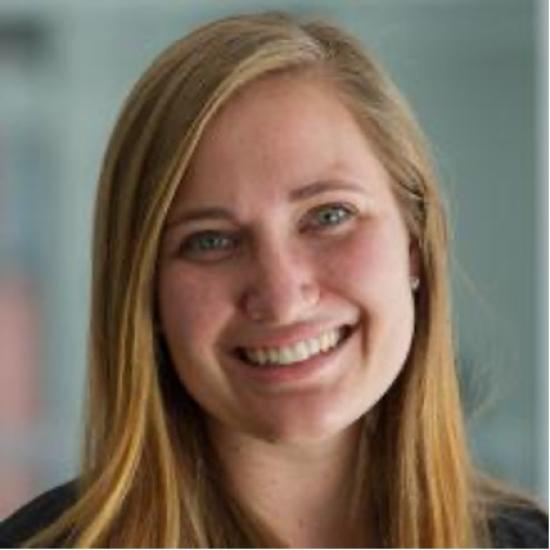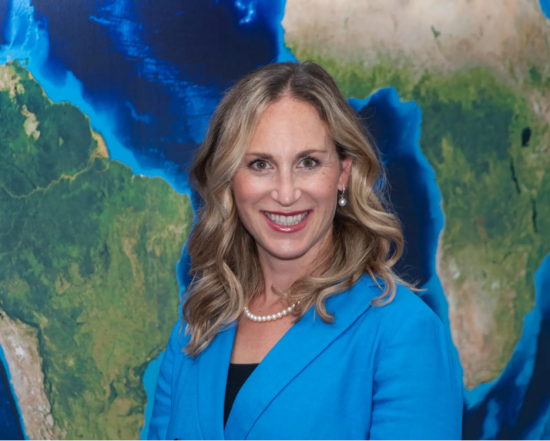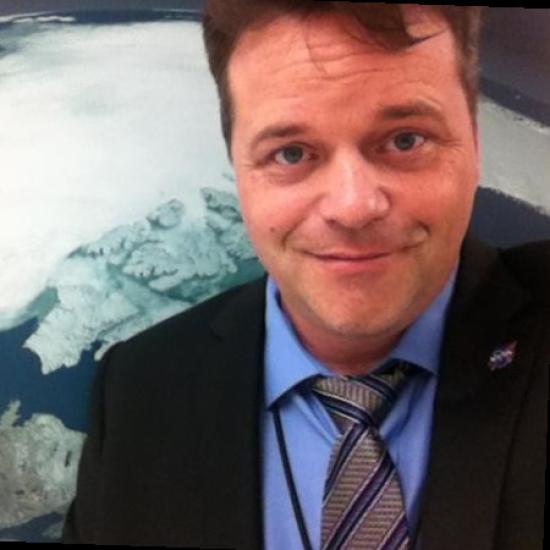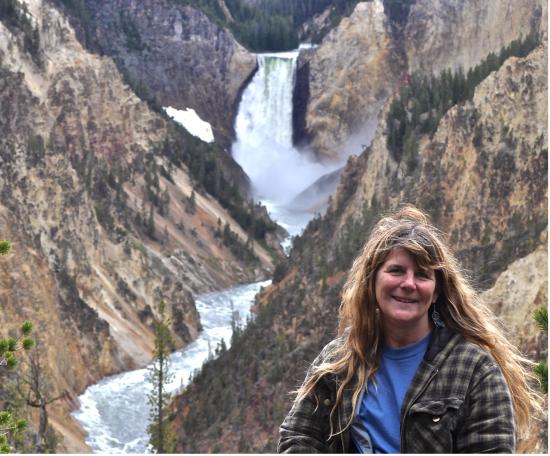
Webinar 3: Understanding and Protecting Earth
April 11, 2024, 8 p.m. ET
Overview
With Earth Day coming up on April 22, we would like to share the many ways in which NASA and its partners help us to better understand and protect Earth. Join us on April 11 from 8 to 9 p.m. ET for an informative webinar. Guest speakers include Dr. Dalia Kirschbaum, Amy Chen, Liz Saccoccia, Matt Pearce, and Dorian Janney
Webinar Recording
Resources
Speakers
Liz Saccoccia
Liz Saccoccia is a Water Security Associate on the World Resources Institute’s Water Team. She works with governments, companies, and research partners to advance best practices in water resources management and enable sustainable growth in a water-constrained world. Through the Water, Peace, and Security Partnership, she co-created a machine learning-based environmental conflict prediction tool and co-authors quarterly reports on the status of water and security challenges around the world. The partnership was awarded the 2020 Luxembourg Peace Prize for Outstanding Environmental Peace. Liz also supports data creation and analysis for Aqueduct, a suite of tools that map water risks such as floods, droughts, and water stress, and Global Water Watch, a global reservoir monitoring tool to improve food security, energy security, and water resources management. She is also a 2024 Ecological Security Fellow at the Council on Strategic Risks. Liz holds degrees in Geology and Environmental Science from the College of William and Mary, and a master's in Analytics from Georgia Tech.
Dalia Kirschbaum
Dr. Dalia B. Kirschbaum is the Director of the Earth Sciences Division at NASA Goddard Space Flight Center, Greenbelt, MD. As Director she manages a staff of 200 civil servants and 1200 people serving as contractors, technicians, support staff and those on cooperative agreements, all dedicated to studying the Earth as an integrated system that includes the atmosphere, oceans, biosphere, cryosphere, and geosphere. Prior to this role, she was Chief of the Hydrological Sciences Laboratory, a group of scientists focused on conducting large-scale hydrological science research using data from NASA’s satellites, land surface models, and fieldwork. Dr. Kirschbaum’s research has focused on rainfall-triggered landslide modeling, monitoring and mapping using remotely sensed information to conduct landslide hazard and risk studies at multiple spatial and temporal scales. Previously, she also served as the Global Precipitation Measurement (GPM) Mission Deputy Project Scientist for Applications, and on the Atmosphere Observing System (AOS) Science and Applications Leadership Team. She has also supported the agency as a Disaster Response Coordinator, working with other NASA centers as well as domestic and international partners to bring satellite data and products to bear during natural hazard events to improve situational awareness and inform decision making. Dr. Kirschbaum received her M.S. and Ph.D. in Earth and Environmental Sciences from Columbia University with a focus in Natural Hazards and Remote Sensing. She received her A.B. in Geosciences from Princeton University.
Amy Chen
Amy P. Chen is the Program Manager for the Global Learning and Observations to Benefit the Environment (GLOBE) Program in the Earth Science Division (ESD) of NASA’s Science Mission Directorate. In this role she provides strategic leadership for the program, oversees the GLOBE Implementation Office and GLOBE Data Information System, builds connectivity to ESD missions/research, and works with GLOBE federal co-sponsors (NOAA, NSF, U.S. Department of State). Founded on Earth Day in 1994, the GLOBE Program is a science and education program that engages a network of students, educators, scientists, and citizens from more than 125 countries around the world in inquiry-based learning of Earth system science to better understand, sustain, and improve Earth’s environment at multiple scales.
Amy had a variety of scientific and educational program management experiences. Before her current role, Amy was the Associate Program Manager for GLOBE and ESD’s Early Career Research Program (Future Investigators in NASA Earth and Space Science and Technology (FINESST) program and the New (Early Career) Investigator program). Before joining NASA, she was the program manager for “Complex Time: Adaptation, Aging, Arrow of Time” at the Santa Fe Institute (SFI), the world’s leading hub for transdisciplinary collaboration, syntheses, and the study of complex adaptive systems. Prior to SFI, Amy co-directed the University of New Mexico’s Teaching Fellows program and Course Design Institute as the Associate Director at the Center for Teaching Excellence. She also conducted STEM faculty development using the Scientific Teaching pedagogical framework. Amy began her federal service as a Presidential Management STEM Fellow (PMF) at NSF where she worked on multiple programs in the GEO/Division of Earth Sciences portfolio. During this time, she had a five month detail in NASA Earth Surface and Interior (ESI) focus area, where she worked on proposal merit review and synthesizing community input toward an ESI scientific and programmatic priority document. Before becoming a PMF, Amy taught undergraduate Earth Science courses while she was a dissertation fellow at Middle Tennessee State University.
Amy is an experimental geophysicist by training. She studied magnetic nanoparticles biosynthesized by microbes in stratified estuaries as well as in ancient sedimentary records. Amy received her Ph.D. in Environmental Science from Macquarie University (Australia), M.S. & B.S. in Geophysics from University of Minnesota, Twin Cities, and was a Fulbright Fellow in Munich, Germany. When she is not working, Amy enjoys bicycling, growing vegetables from her childhood in Taiwan, and keeping up with two very active little girls.
Matt Pearce
Over 35 years of diverse leadership, administrative and STEM education experience across all levels of academia. Currently employed by the NASA Goddard Space Flight Center Office of STEM Engagement at the NASA Goddard Institute for Space Studies located and Columbia University as a NASA Education Program Specialist. Served as a Founding Science Department Chair of a new school for 7 years with over 15 years of leading, designing and developing highly effective distance learning STEM education programs. Collaborated with NASA for 10 years as a NASA-NEAT educator. Provided services as an educational consultant to schools, businesses, and media organizations. Extensive curriculum development and leadership experience in STEAM, online instruction, medical, life and the physical sciences. Created multiple partnerships between academia and corporate institutions to create innovative educational programs. Published author in genetics, neuroscience, anatomy and physiology and health science.
Dorian Janney
Dorian Janney has a passion for sharing the wonders of NASA's science and exploration with others across all age levels! For over three decades she taught public school in both special and general education settings across all grade levels. She was an Einstein Fellow Finalist, achieved National Board Certification in Science Education, served on numerous education working groups, and has written science curriculum for the country. She now serves as the GPM Education and Outreach Coordinator, developing resources to help share the science, technology, and real-world applications of GPM with others. She is a Mentor GLOBE trainer, a member of the GLOBE Education Working Group, and supports the GLOBE field campaigns. Her most recent project is leading an effort to engage Lifelong Learners with The GLOBE Campaign’s Citizen Science efforts.






